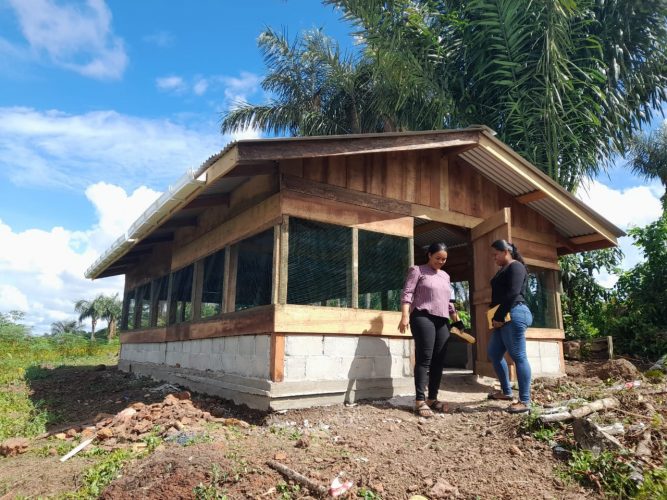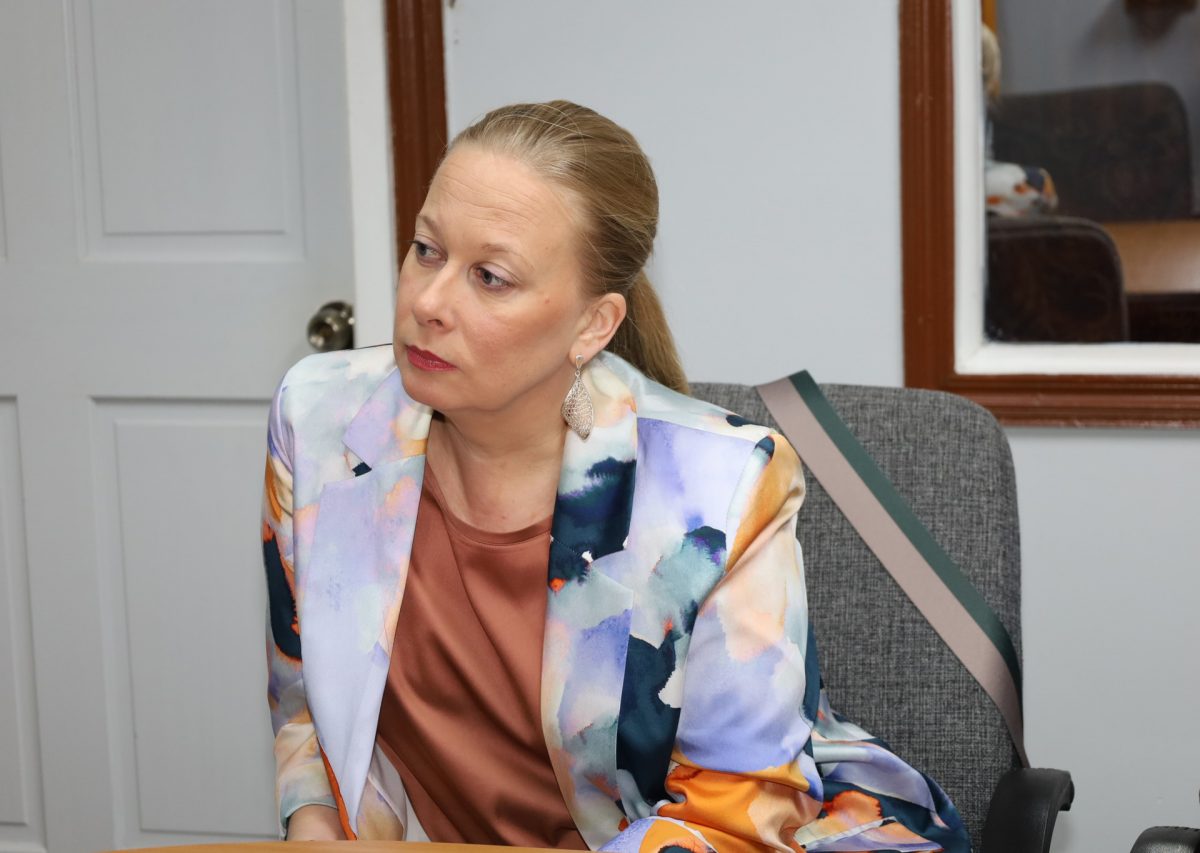IFAD is continuing a long-term investment in rural communities and around 30,000 Amerindians are experiencing positive outcomes from project services in areas like poultry farms and agro-processing.
In a press release yesterday, the United Nations’ International Fund for Agricultural Development (IFAD) said it is contributing to rural development and social innovation in Guyana’s hinterland.
Speaking during the opening session of the Agri-Investment Forum & Expo, held in Georgetown, Maija Peltola, IFAD’s Country Director in Guyana said the country is increasingly vulnerable to extreme weather events, including flooding and drought, which destroys cassava crops. This, she said, affects the food security of a country where cassava is a centre piece of the Amerindian diet. Overall, access to a healthy diet in Guyana has become more expensive in recent years and surpasses the average costs in Latin America and the Caribbean, she said.

In an ongoing series in Stabroek News, people from all parts of the country have complained about the rising cost of basic food items.
In a time of rapidly changing dietary habits, Peltola said that “Guyana has the opportunity to boost local production and strengthen food security, rather than depending on imported industrialized products. Amerindian produce has a high nutritional value, and by investing in these villages we are building a more resilient and inclusive food system for the future”.
She referred to the progress made by an IFAD-funded project, executed by the Ministry of Agriculture of Guyana. Since 2017, the Hinterland Environmentally Sustainable Agricultural Development Project (HESAD) has financed more than 300 initiatives, including supporting people to develop business plans and promoting public investments in rural infrastructure.
“Around 30,000 Amerindians are experiencing positive outcomes from project services, half of them are women and a third are youth,” she stated.
Through an innovative participatory approach, the release said that communities identify business needs and opportunities in coordination with facilitators from the Ministry of Agriculture. Some of the business plans are related to small-scale poultry farms and cattle rearing, crop production, and agro-processing. They also encompass bakeries, eco-tourism initiatives and community-managed grocery shops, in an effort to diversify and expand incomes of rural families. The release added that the first 50 businesses launched have generated US$340,000 in income, supporting rural communities.
IFAD has also financed the construction of small-scale rural infrastructure such as roads, bridges and docks, which have improved transportation for agricultural products, and strengthened community resilience. Many of the communities involved have chosen to refurbish or improve their school kitchen to provide a hot meal to children.
The release added that HESAD is also promoting innovative approaches to gender equality, youth inclusion and nutrition behaviour change, combining formal training with methods like street theatre and radio serials. This approach not only benefits Amerindian communities but also contributes to a culture of innovation within the Ministry of Agriculture.
Through IFAD’s global portfolio and expertise, the release said that the Government of Guyana can tap into the latest practices in climate-smart farming, nature-based solutions, and the use of digital tools.
IFAD has been working with the Government of Guyana since 1986, financing four projects with a total budget of US$40 million.
Scarcity
In August this year, at the National Toshaos Conference, several Toshaos from regions eight and nine complained about the scarcity of cassava. The village leaders who spoke to Stabroek News blamed changing weather patterns and foraging wildlife (tapirs or bush hogs) as the primary causes for the problems with their cassava crop. The scarcity of the root crop, according to the Toshaos, is adding to an already high cost of living in the far-flung Indigenous communities.
Toshao Charles Simon from Awarewaunau, Deep South Rupununi, Region 9 told SN that floods earlier in the year had destroyed most of the crops for his village. After the floods receded, farmers replanted the root crop but are now experiencing the El Nino weather system, and the excessive dryness is hastening the rotting of the crop. Simon also attributed the cassava scarcity to foraging wildlife, a possible consequence of El Nino’s larger impact deeper in the rainforest. Simon said that the food security situation in his village right now is critical. Because of low cassava production, cassava bread and farine production has been significantly scaled back.
Toshao Michael Williams of Annai, North Rupununi, Region Nine said after the floods, cassava crops were replanted but these would not be available for another three months. Williams told SN that the shortage of cassava has also sent the prices in Annai for farine, cassava bread and casareep skyrocketing. Farine, where available, is consumed by families but is hardly being bought due to cost. Williams said a few months ago, farine was sold at $150/160 per pound, now the same pound of farine costs $400/500.
Another Toshao, Sebastian Scipio of Tuseneng, Region Eight said villagers have to travel to other villages to purchase cassava bread and casareep. Casareep is mostly produced and sold for income generation.






